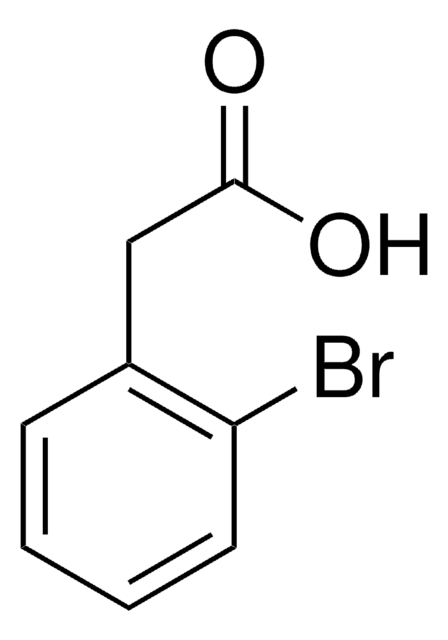197777
2-(p-Chlorophenoxy)-2-methylpropionic acid
97%
Synonim(y):
α-(p-Chlorophenoxy)isobutyric acid, Clofibric acid
About This Item
Polecane produkty
Próba
97%
mp
120-122 °C (lit.)
ciąg SMILES
CC(C)(Oc1ccc(Cl)cc1)C(O)=O
InChI
1S/C10H11ClO3/c1-10(2,9(12)13)14-8-5-3-7(11)4-6-8/h3-6H,1-2H3,(H,12,13)
Klucz InChI
TXCGAZHTZHNUAI-UHFFFAOYSA-N
informacje o genach
human ... PPARA(5465) , PPARG(5468)
mouse ... Ppara(19013) , Pparg(19016)
Szukasz podobnych produktów? Odwiedź Przewodnik dotyczący porównywania produktów
Powiązane kategorie
Hasło ostrzegawcze
Warning
Zwroty wskazujące rodzaj zagrożenia
Klasyfikacja zagrożeń
Acute Tox. 4 Oral
Kod klasy składowania
11 - Combustible Solids
Klasa zagrożenia wodnego (WGK)
WGK 3
Temperatura zapłonu (°F)
Not applicable
Temperatura zapłonu (°C)
Not applicable
Środki ochrony indywidualnej
dust mask type N95 (US), Eyeshields, Gloves
Certyfikaty analizy (CoA)
Poszukaj Certyfikaty analizy (CoA), wpisując numer partii/serii produktów. Numery serii i partii można znaleźć na etykiecie produktu po słowach „seria” lub „partia”.
Masz już ten produkt?
Dokumenty związane z niedawno zakupionymi produktami zostały zamieszczone w Bibliotece dokumentów.
Klienci oglądali również te produkty
Nasz zespół naukowców ma doświadczenie we wszystkich obszarach badań, w tym w naukach przyrodniczych, materiałoznawstwie, syntezie chemicznej, chromatografii, analityce i wielu innych dziedzinach.
Skontaktuj się z zespołem ds. pomocy technicznej











